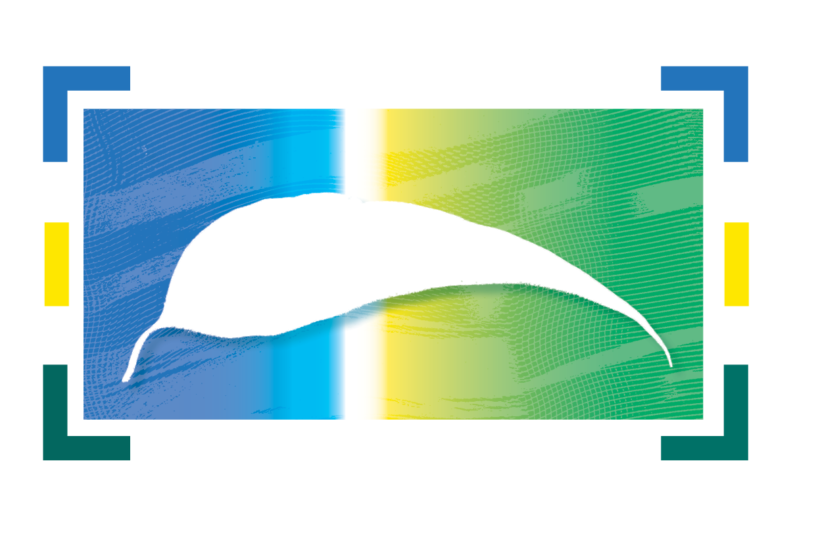- Home
-
Our Work
- People for Nature
- Giant Light Steps
- Environmental Education
- Conserving the Margaret River
- Coordinated Weed Control
- - Arum lily Blitz
- Managing Bushland for Wildlife
- Threatened Species Protection
- - Western Ringtail Possums
- - Black Cockatoos
- - Margaret River Hairy Marron
- - SW Masked Owls
- Caring for Coast
- About
- News & Events
- Resources
-
Get Involved
- Stay Informed
- Ways You Can Help
- Become A Nature Conservation Volunteer
- Become A Citizen Scientist
- Join A Community Or Friends Group
- For Nature Landowner Stewardship Program
- - For Nature: Find Inspiration
- - For Nature: Gain Knowledge
- - For Nature: Make Connections
- Learn About The Environment
- Report What You See
- Join & Donate
- Contact

Learn about the environment
Learning about the local environment can begin with getting to know the different plants and animals that live nearby. What are they, what is their name, where do they occur, what are their needs, how do they interact with others and how does their behaviour change with time of day or season? An understanding of the geology, landforms, soils and waterways in the area can also be useful, as these features can determine the distribution of plant species and animals.
The more we learn about an area; the plants and animals found there and their interactions, the more we start to notice and wonder.

How plants or animal species are grouped together
Similar plants or animals are grouped together. Those most similar are included in the same genus – e.g. the genus Eucalyptus groups the eucalypts or gum trees together. Each species of eucalypt (Eucalyptus) has a species name. e.g. Marri has the species name Eucalyptus calophylla, Karri has the species name Eucalyptus diversifolia and Jarrah the species name Eucalyptus marginata.
Similar genera (plural of genus) are grouped together into Families. For example, the genus Eucalyptus is grouped under the Family Myrtaceae together with genera such as Melaleuca, Kunzea, Verticordia and Agonis (e.g. the Peppermint Tree, Agonis flexuosa). They all have open-cup like disks to their flowers, a pungent aroma when crushing their leaves, often no petals or very few, and lots of stamens.
It is the same for animals. However, for large groups such as insects, it is often easier to start with the Order an insect is within. An Order (often ends in ‘optera’) includes many different Families. e.g. the Order Hymenoptera includes the families for bees, wasps and ants; Coleoptera the beetles and weevils; Hymenoptera the True Bugs; Lepidoptera the butterflies, skippers and moths.

Local guides:
Monitoring Guide to Flora and Fauna of the Cape to Cape Region
Birdwatching around Augusta & Margaret River – a recently updated local birding guide produced by Cape to Cape Birdlife
Find that Flower. Colour guide to the wildflowers of the Cape to Cape Track and Australia’s South-West corner by Jane Scott (Enlarged and revised edition 2014)
Orchids of Margaret River and Australia’s Southwest Capes by Jane Scott (2015)
Wildflowers of Southwest Australia. Augusta – Margaret River Region by Jane Scott and Patricia Negus (revised edition 2012)
Online help:
There are numerous online sources of information for identifying flora and fauna.
Bowerbird and iNaturalist use a community of users to help identify a species from an uploaded photo. Both sites will upload records onto the Atlas of Living Australia on a regular basis.
The Museum of WA has expert staff to help identify species, whilst other websites such as Birds in Backyards and CSIRO Identifying Eucalypts utilise online keys. Working through these keys should lead to the species identification.
The Atlas of Living Australia have collated a more comprehensive list of websites on their support page, all with the purpose of helping to identify species.

